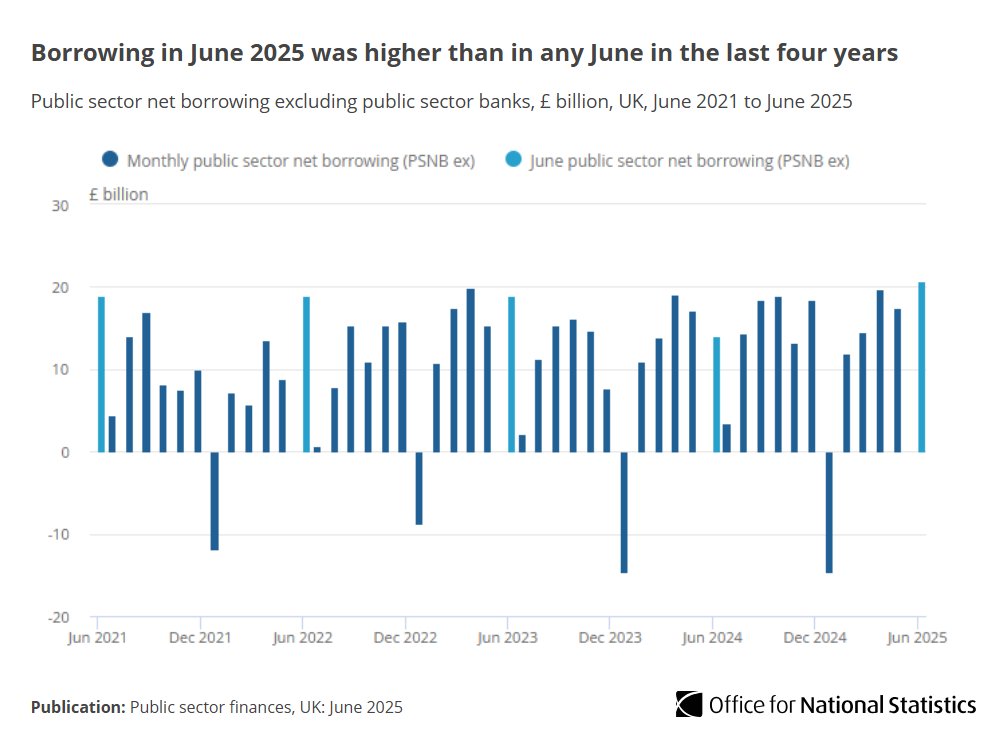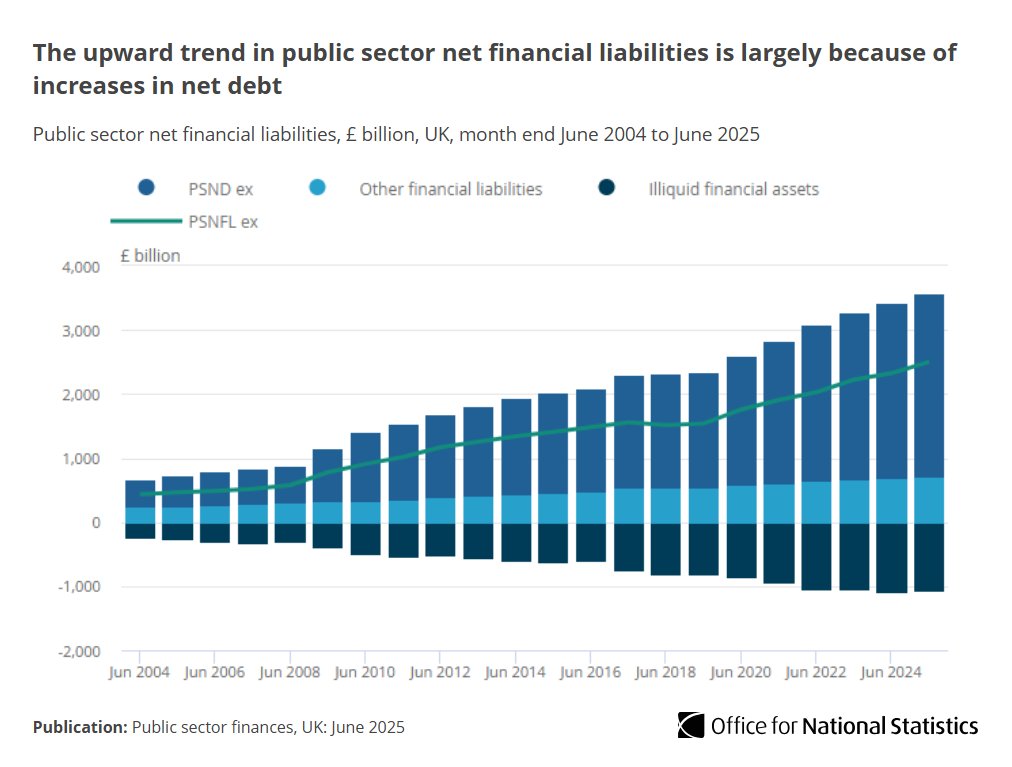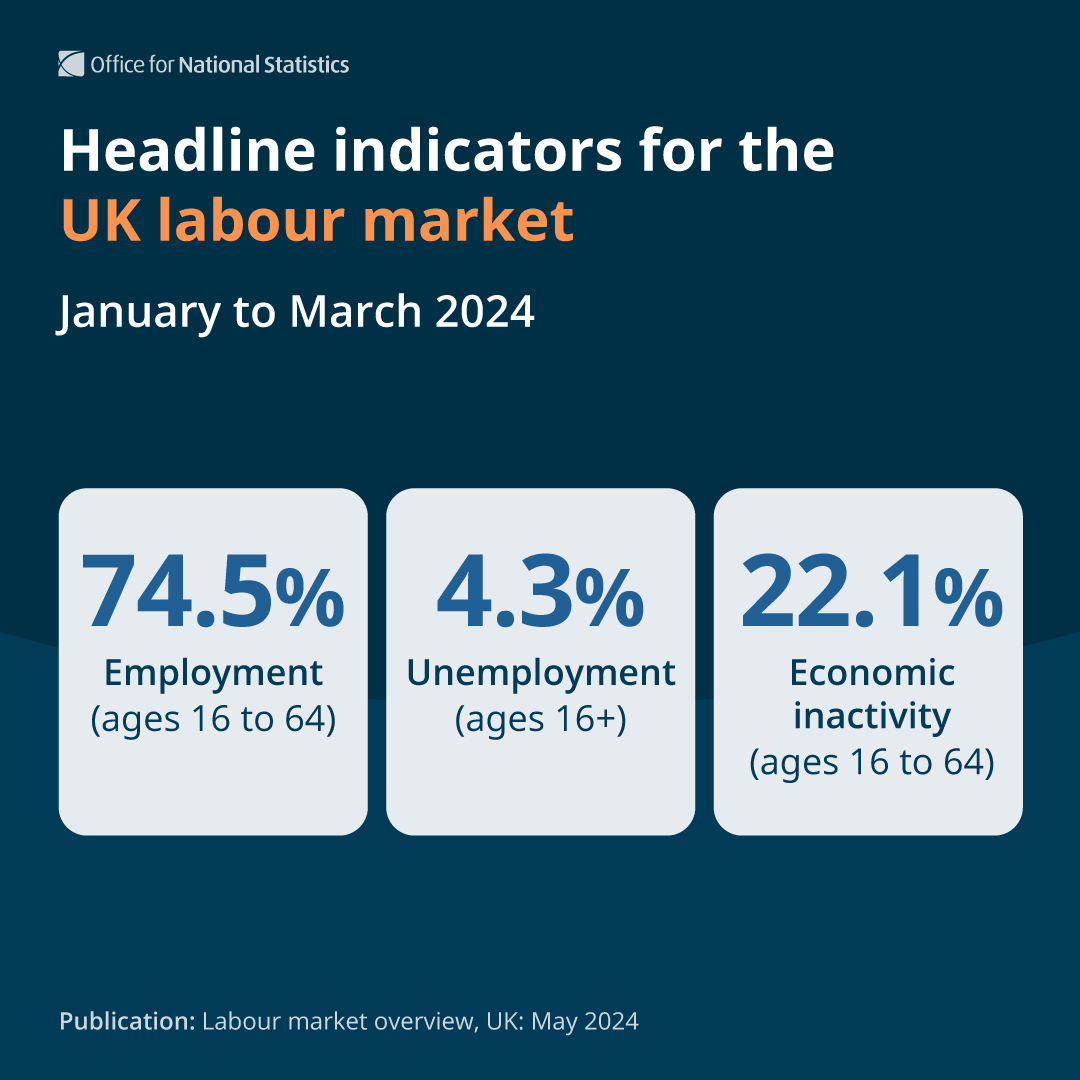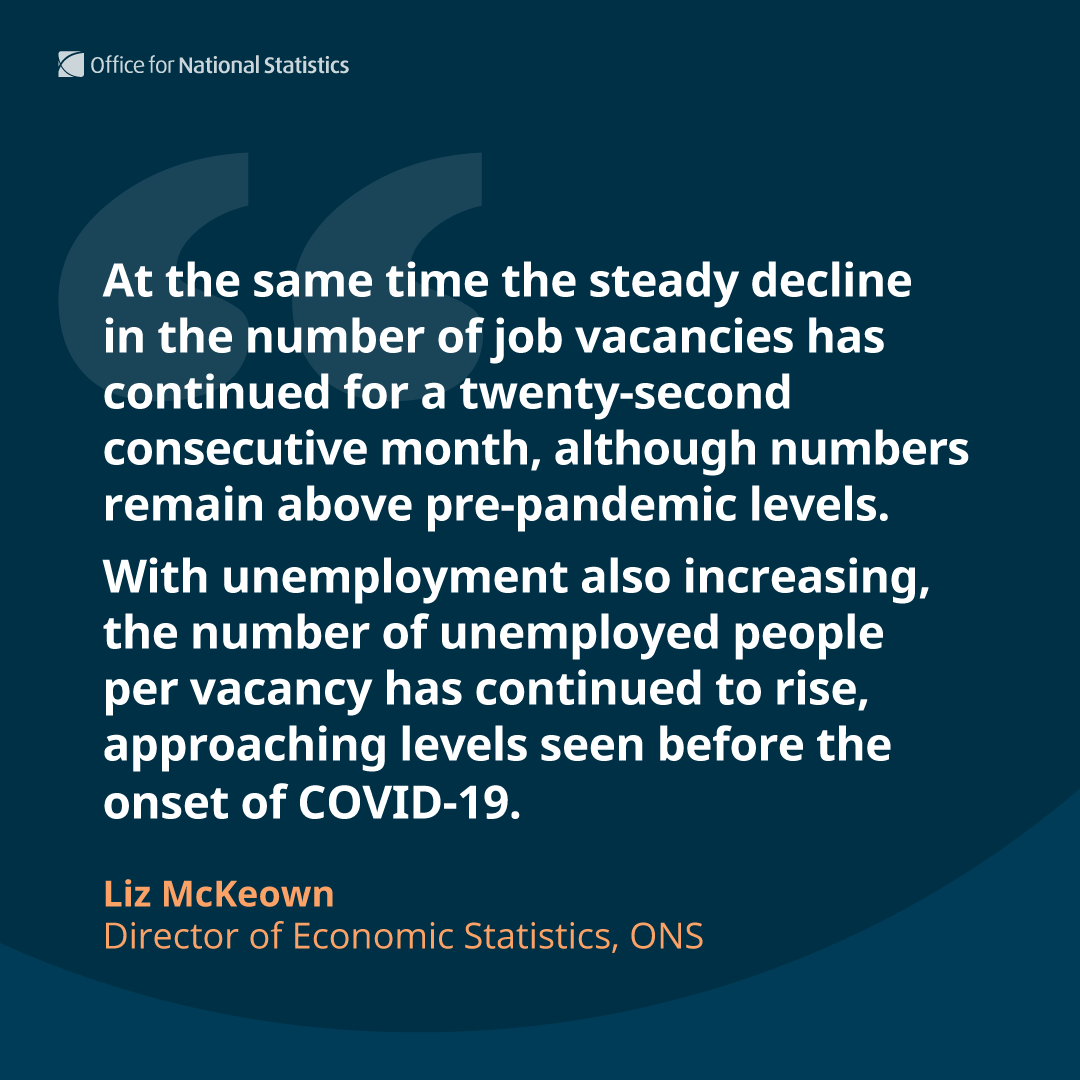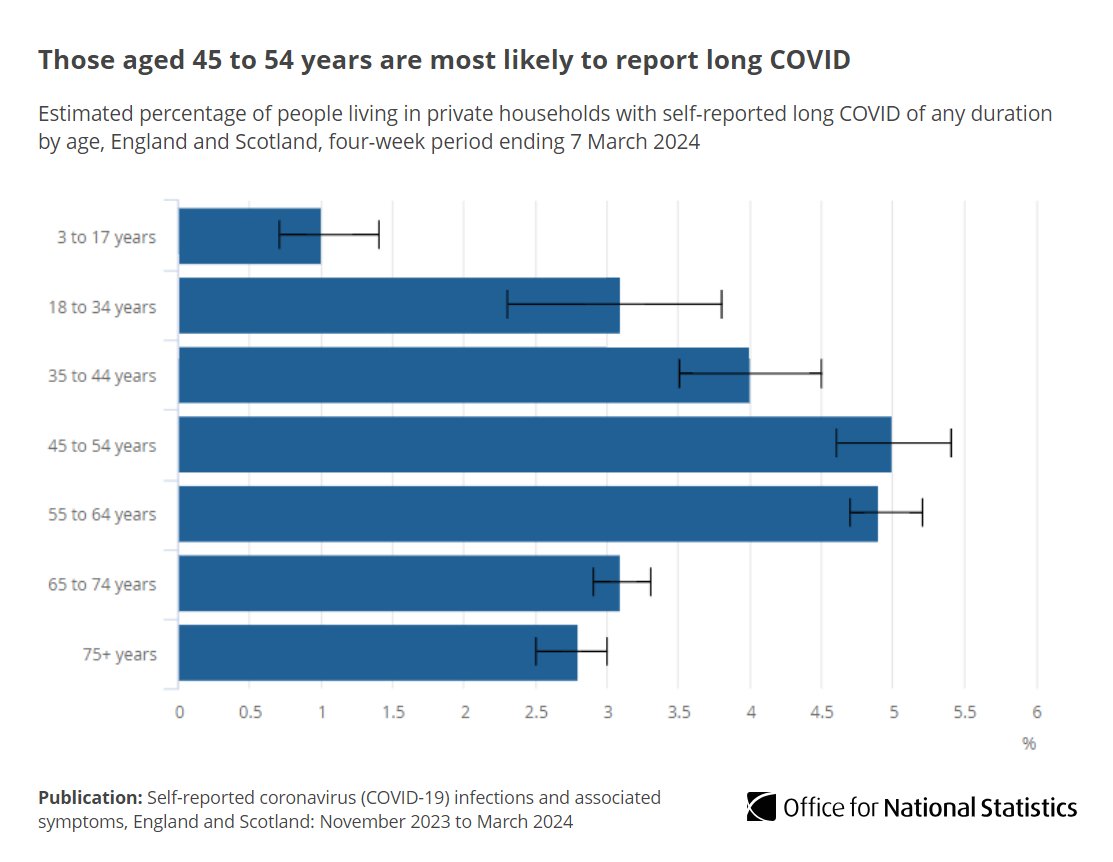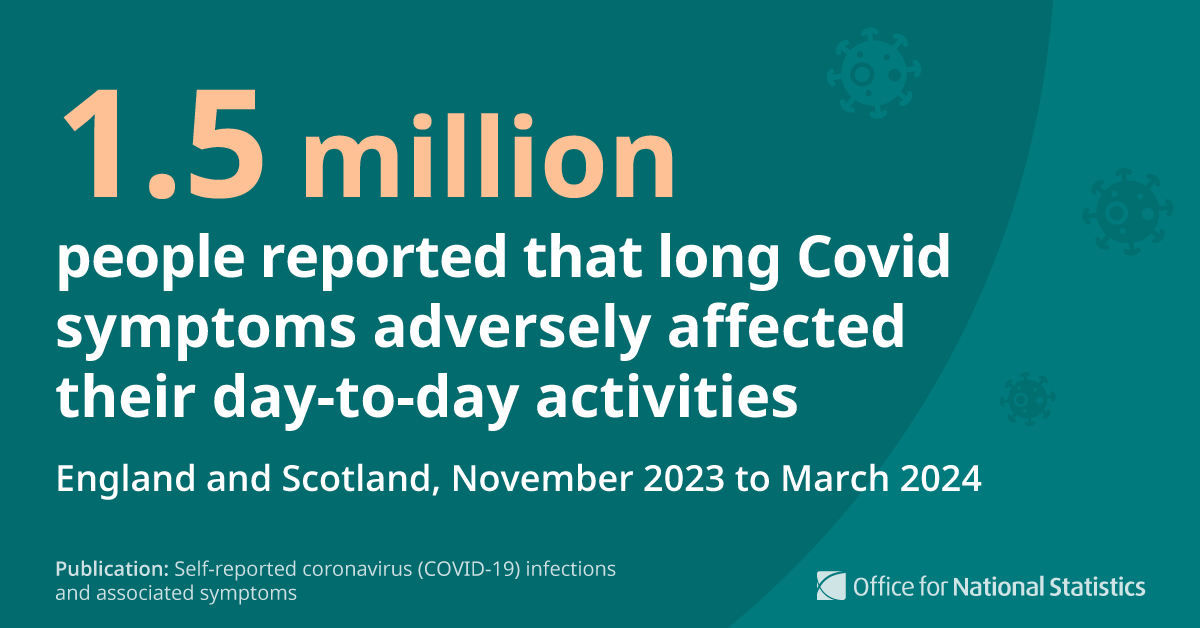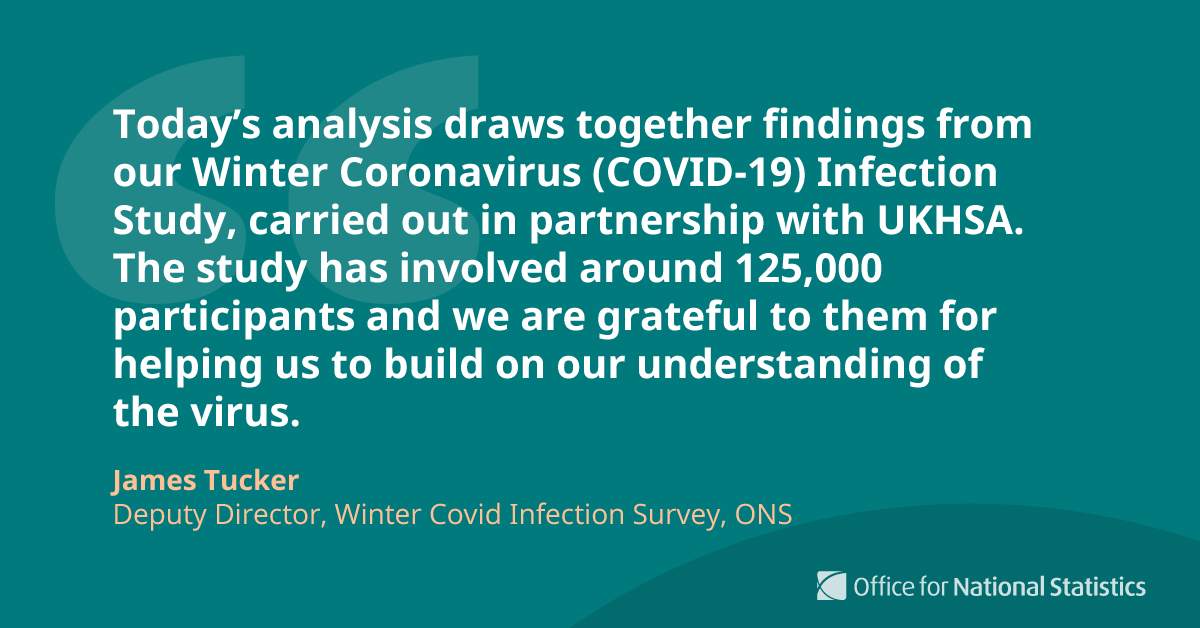Our #COVID19 Infection Survey shows in the most recent week, infections
▪️ increased in England, now at a similar level to early 2021
▪️ increased in Northern Ireland.
Trends were uncertain in Wales and there were early signs of an increase in Scotland ow.ly/zGLx50GAXsy
▪️ increased in England, now at a similar level to early 2021
▪️ increased in Northern Ireland.
Trends were uncertain in Wales and there were early signs of an increase in Scotland ow.ly/zGLx50GAXsy

#COVID19 infection rates increased in all age groups except for school year 12 to age 24 years and age 25 to 34 years, where the trend was uncertain.
The highest rates were again seen in secondary school aged children ow.ly/22aR50GAXtX
The highest rates were again seen in secondary school aged children ow.ly/22aR50GAXtX

In England, there was an increase across six of the nine regions in the week ending 22 Oct 2021. These included:
▪️ the East Midlands
▪️ West Midlands
▪️ East of England
▪️ London
▪️ South East
▪️ South West.
➡️ ow.ly/w4W450GAXx1
▪️ the East Midlands
▪️ West Midlands
▪️ East of England
▪️ London
▪️ South East
▪️ South West.
➡️ ow.ly/w4W450GAXx1

Our #COVID19 insights interactive tool shows the latest trends in infections, deaths and hospitalisations.
Data on COVID-19 from the ONS, Joint Biosecurity Centre and @UKHSA highlights the state of the pandemic across the UK ow.ly/UUQT50GAXRl
Data on COVID-19 from the ONS, Joint Biosecurity Centre and @UKHSA highlights the state of the pandemic across the UK ow.ly/UUQT50GAXRl

#COVID19 hospitalisations were lower in the week ending 24 Oct 2021 than the corresponding week in the second wave (week ending 7 Feb 2021).
COVID-19 deaths were also lower than in the corresponding week in the second wave (week ending 29 Jan 2021) ow.ly/yiLa50GAXW3
COVID-19 deaths were also lower than in the corresponding week in the second wave (week ending 29 Jan 2021) ow.ly/yiLa50GAXW3

In England, #COVID19 positivity rates remained highest in secondary school aged children in the latest week, though hospitalisations were highest in those aged 85 years and over ow.ly/mfjT50GAZ0L 

• • •
Missing some Tweet in this thread? You can try to
force a refresh


